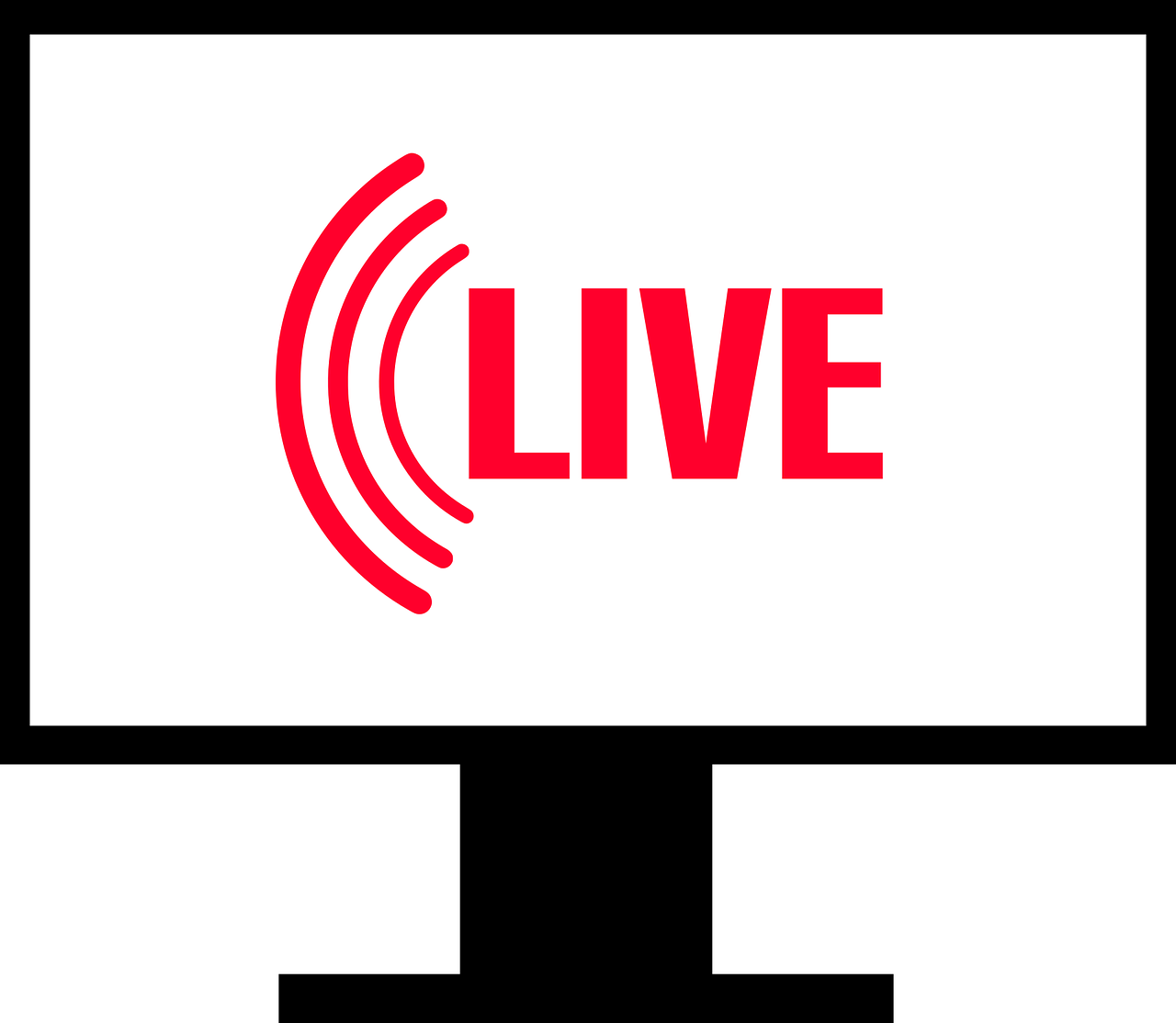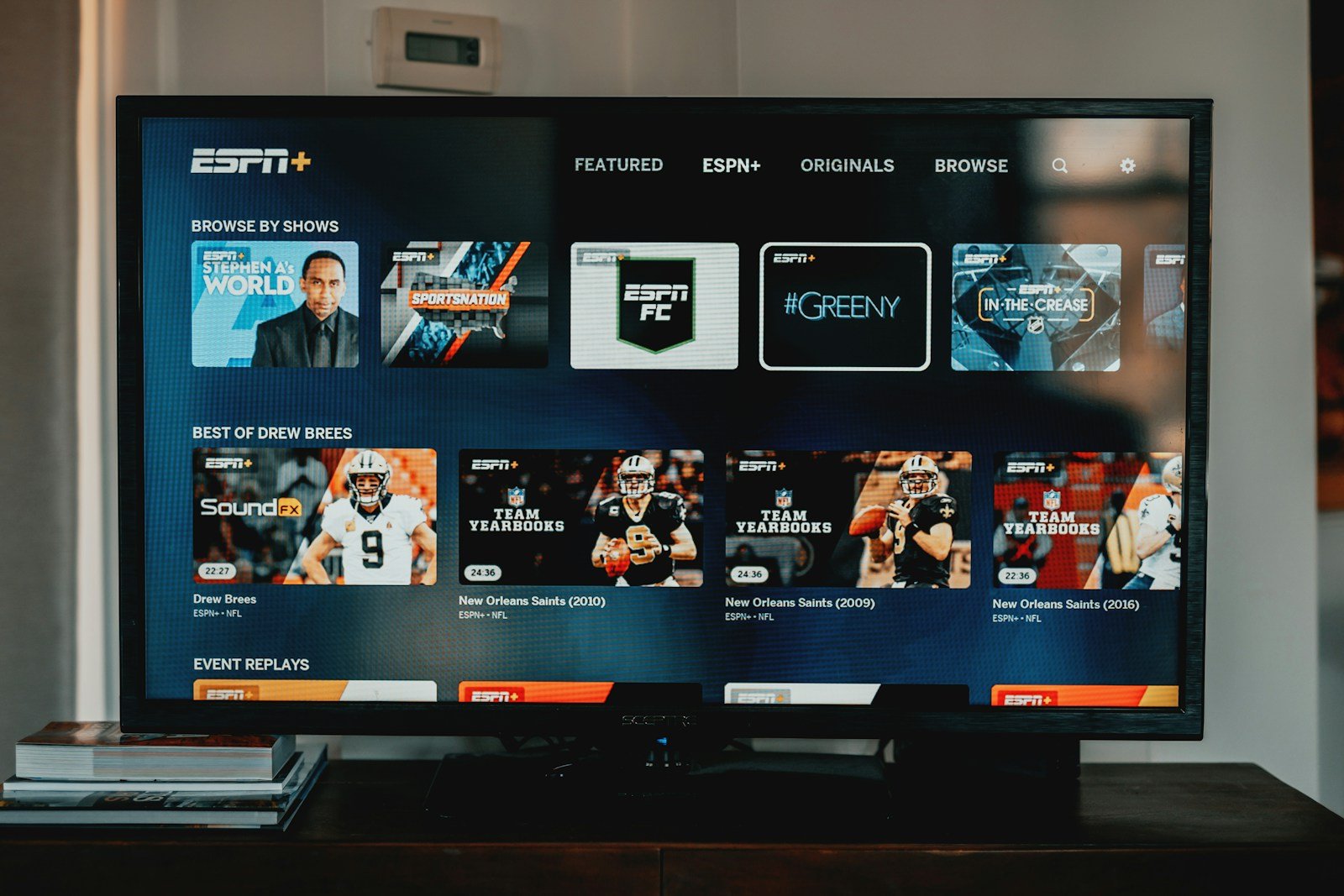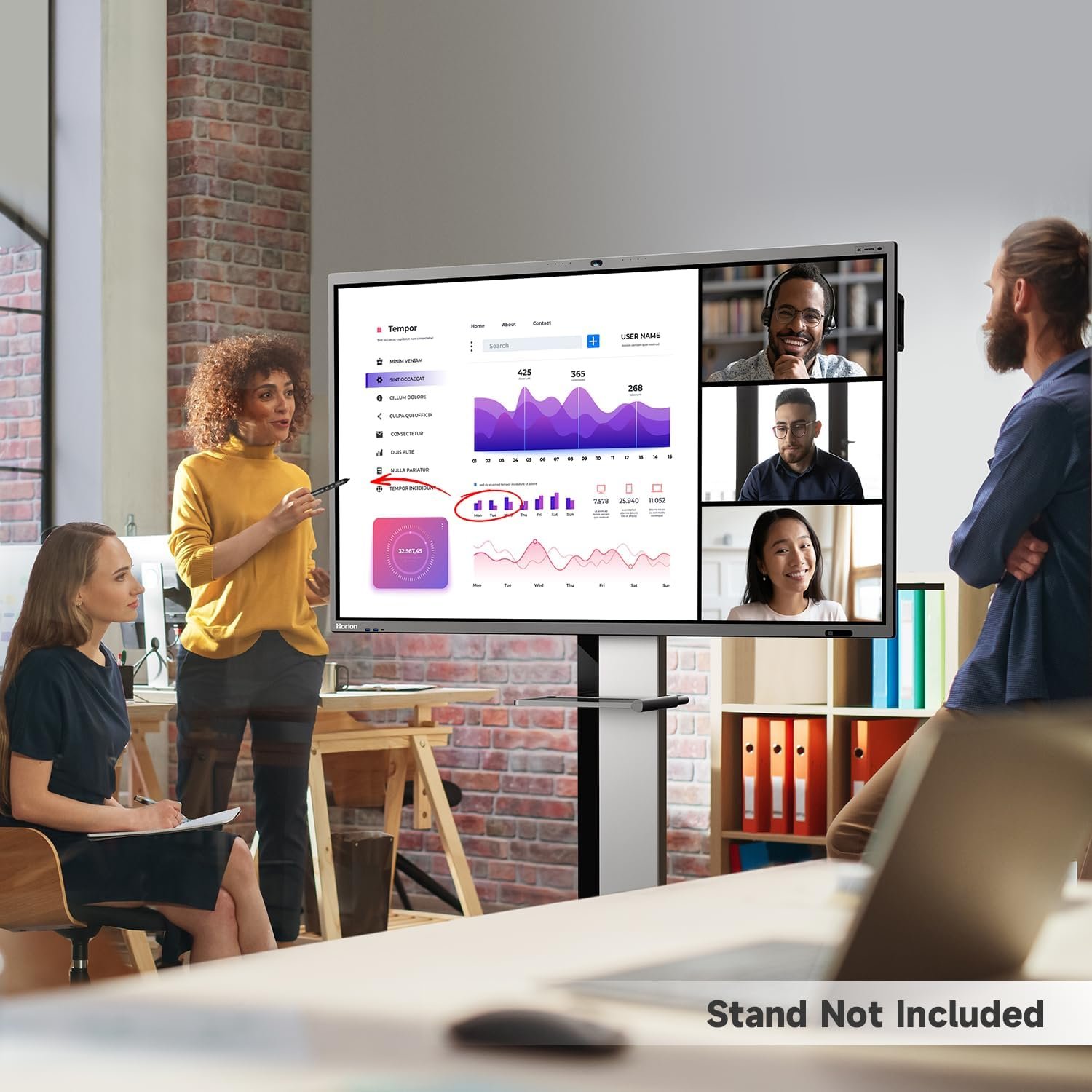Imagine being able to bring your event to a global audience, wherever they are. “The Ultimate Guide: How to Set Up Event live streaming” is just the resource you need to make this a reality. This comprehensive guide will gently nudge you through the entire process, from choosing the right equipment to overcoming common technical difficulties. By the time you’re finished reading, you’ll be more than ready to share your event with the world in real time, expanding your reach and engagement dramatically.
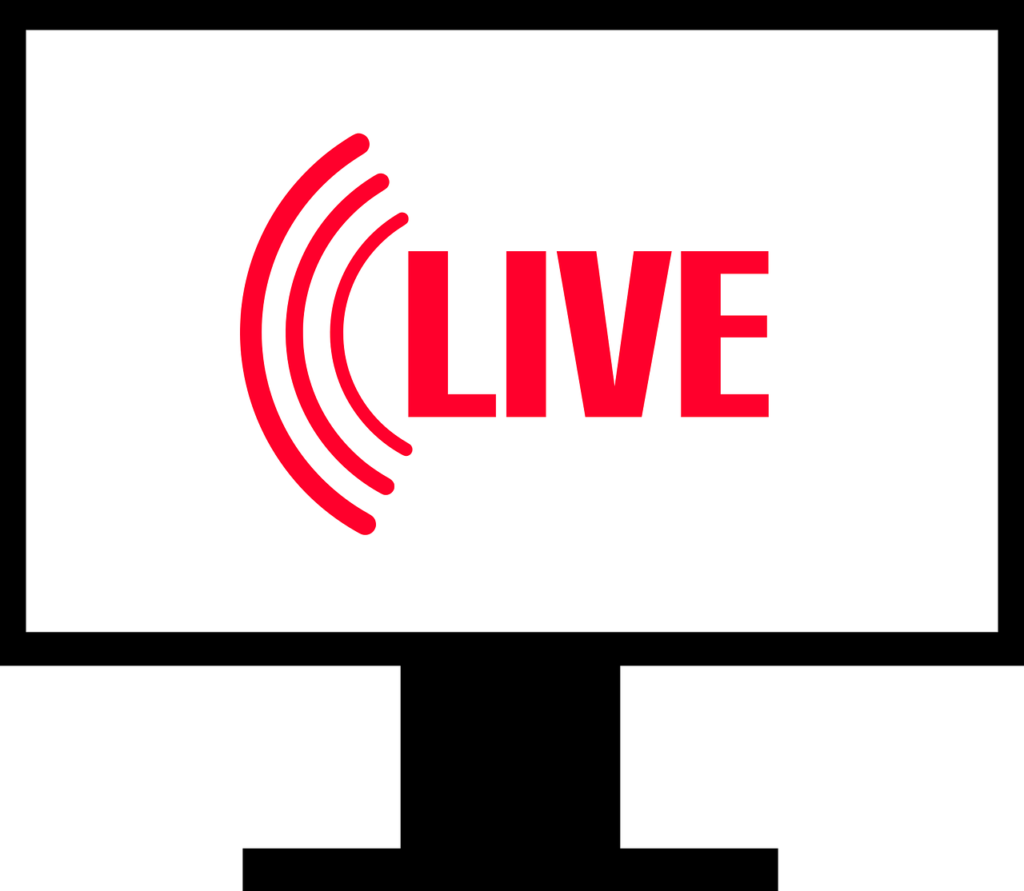
Ready to Elevate Your Live Event Streaming? Talk to Us Now!
Understanding Live Streaming
Live streaming is a powerful tool that allows you to broadcast content in real time to an audience via the internet. This form of online communication has become increasingly popular due to its versatility, allowing for a wide variety of content to be shared, from live events to casual updates.
Basics of Live Streaming
Live streaming works by capturing and broadcasting live images and audio to an audience online. As the event occurs, live streaming allows for near-instantaneous reception of content, with very minimal delay. All you need is a camera, a microphone, a solid internet connection, and streaming software to encode your stream.
Importance of Live Streaming for Events
Live streaming has revolutionised the way events are broadcasted and consumed by viewers. Event organisers can now reach a larger international audience, surpassing geographical restrictions. This also means that people who cannot physically be present at an event can still experience it and interact with it live. Live streaming can also include interactive elements such as live chat and instant feedback, creating a more engaging experience for viewers.
Choosing the Right Platform
The platform you choose to stream your event can impact your reach, your viewers’ experience, and the functionalities available to you. Different platforms have different strengths and one might not be necessarily better than the others—it all depends on what you’re looking for.
Understanding Various Streaming Platforms
There are many platforms available for live streaming. YouTube Live and Facebook Live are two of the biggest platforms that offer live streaming services. They have the advantage of large, built-in audiences and extensive sharing options. Other platforms such as Twitch, mainly cater to gaming content but have expanded to host a variety of content. There are also professional platforms like Livestream and Brightcove that provide more features and better quality control for a fee.
Factors to Consider When Choosing a Platform
When choosing a platform for live streaming, consider the following factors: the type of event you are hosting, your target audience, the functionalities you require, your technical capabilities, and of course, your budget.
Pros and Cons of Popular Streaming Platforms
Each streaming platform has its own set of pros and cons. Facebook Live is easy to use and has a broad user base, but it may not be ideal for professional events due to limited customization options. YouTube Live has an extensive audience and allows for high-quality streaming, but it requires a more complex setup. Twitch is great for gaming content and niche communities, but may not be ideal for general or professional events. Paid platforms offer more features and control, but they come at a higher cost.
Want a Flawless Live Event Streaming Experience? Let’s Make It Happen!
Setting up the Event Space
The setup of your physical event space can significantly influence the quality of your live stream. You need to consider both the visual and audio environment to ensure a good streaming experience.
Choosing an Appropriate Location
Choose a location that suits your event and looks good on camera. It should be large enough to accommodate your equipment and, if applicable, your live audience. Good lighting and acoustics are essential. Also, consider potential background noises that might disrupt your audio.
Arranging the Space for Optimal Viewing
Arrange your space keeping the camera’s perspective in mind. Ensure important elements are in clear view. Place your main subjects or activities in the camera’s primary field of vision.
How Lighting Affects your Stream
Good lighting dramatically affects the visual quality of your stream. It should be bright enough to clearly see the subject but not so bright that it overexposes the footage. Experiment with different light positions to achieve the best result.
Preventive Measures for Technical Issues
Have backup equipment available in case of failure. Conduct a test stream to identify and address any technical issues. Make sure your internet connection is stable and strong enough to handle the stream.
Investing in Quality Equipment
The quality of your live stream heavily depends on your equipment. Investing in good quality cameras and microphones can significantly enhance your viewers’ experience.
Essential Equipment for Live Streaming
At the very least, you will need a camera, a microphone, an internet-connected device for streaming, and lighting equipment. A tripod or gimbal can help stabilise your camera. It’s also advisable to have backup equipment at hand.
Choosing the Best Camera for Live Streaming
The best camera for you largely depends on your streaming needs and budget. For basic streams, even a smartphone could suffice. If you require higher quality, consider professional-grade camcorders or DSLR cameras. Look for a camera that can capture high-quality video in the lighting conditions of your event space.
Quality Microphones for Sound
Sound quality can significantly impact the viewer’s experience. A poor audio can steer your audience away. Use an external microphone rather than your camera’s built-in mic for better audio quality. Wireless lavalier mics are good for interviews and presentations, while shotguns are good for capturing ambient sounds at events.

Software for Live Streaming
Your choice of software can greatly influence the quality and professionalism of your live stream. streaming software encodes your video and audio into a format suitable for streaming.
Top Software for Live Streaming
There are several live streaming software options available, each with its strengths and weaknesses. OBS (Open Broadcast Software) is a popular free option that offers a lot of customisation. Wirecast is a professional-grade software that provides a wide array of advanced features.
Importance of a Reliable Internet Connection
A strong and stable internet connection is vital to live streaming. The higher the quality of your video and audio, the faster your internet connection needs to be. It’s a good rule to have an upload speed around twice the bitrate you plan to stream at.
Optimal Settings for Streaming Software
Each streaming software will have different settings, but it’s usually best to stream at a lower resolution and bitrate if your internet connection isn’t strong enough. You’ll also want to adjust your frame rate and keyframe interval to optimise video quality and responsiveness.
Planning Your Live Stream
A successful live stream requires careful planning. You’ll need to think about when you’ll stream, what content you’ll be streaming, and how you’ll promote your stream to your target audience.
How to Create a Streaming Schedule
Establishing a schedule for your live stream will make it easier for your viewers to tune in. Regularity gives viewers something to look forward to and create habits around your content. A schedule will also allow you to plan your content strategically.
Benefits of Rehearsing Your Event
Before you go live, it’s a good idea to conduct a rehearsal. This can help you to iron out any potential technical issues and gives you a chance to fine-tune your content and presentation. A smooth, polished presentation will be more engaging to viewers.
How to Promote Your Live Stream
Good promotion can draw more viewers to your live stream. You can use social media, your email list, your website, and other marketing channels to announce your stream. Offer a clear value proposition to encourage viewers to tune in.
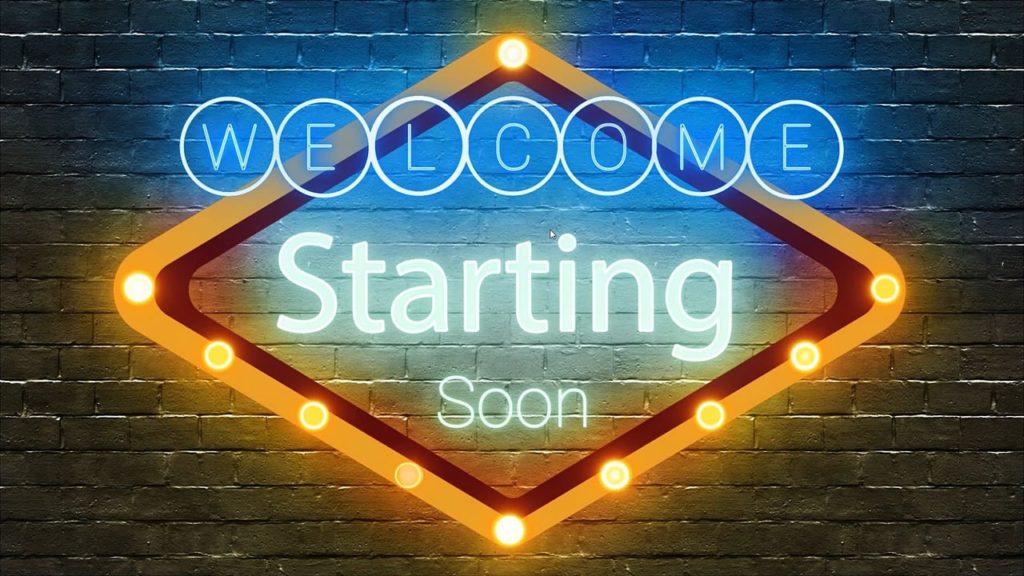
Handling Other Technical Aspects
There are other technical aspects of live streaming you should be aware of, including encoding software, audio mixing and monitoring, and video resolution and bandwidth considerations.
Setting up Encoding Software
Your encoding software is what converts your video and audio into a digital format suitable for live streaming. You will need to choose an encoding software that suits your needs and set it up with the correct settings for your stream.
Audio Mixing and Monitoring
Your audio mix is crucial to the quality of your live stream. You will need a software or hardware mixer to balance your audio levels and make sure no sources are overly loud or quiet. Monitoring your audio with good quality headphones is also vital, allowing you to catch and fix any issues immediately.
Video resolution and Bandwidth Considerations
High-resolution video looks great, but it also requires more bandwidth to stream. If your viewers don’t have strong internet connections, they may face buffering and lag. Consider your audience’s likely internet speeds and the importance of video quality in your content when deciding your video resolution.
Interacting with the Audience
The ability to interact with your audience in real time is one of the biggest advantages of live streaming. It allows you to build a more personal connection and make your viewers feel part of the event.
How to Engage Viewers During the Event
To effectively engage your viewers, be responsive, and interactive. Ask for comments, answer questions, and react to feedback. Keeping a lively pace and delivering valuable content will also help sustain interest.
Responding to Live Comments and Feedback
Leverage the live chat capability of your streaming platform. This can serve as an immediate line of communication between you and your audience. Reacting to comments and questions can boost engagement, loyalty, and enjoyment.
How to Maintain Audience Interest Throughout the Event
Keeping your audience engaged throughout the event is crucial. Plan ways to create peaks of interest, such as special announcements or guest appearances. Encourage viewers to stay until the end by teasing future content or holding a Q&A session.

Matter of Copyright and Legalities
Streaming copyrighted or protected content without permission can lead to legal problems. It’s critical to understand, before your start streaming, how to legally protect yourself and respect others’ rights.
Understanding Copyright Laws When Streaming
Most music, games, TV shows, and films are protected by copyright. You need permission, usually through a license, to use these in your stream. Broadcasting copyrighted material without permission can result in your stream being taken down or even legal action.
Getting Necessary Permissions for Content
If you want to use copyrighted content in your stream, you will need to obtain the proper license or written permission from the owner. Alternatively, consider using copyright-free or Creative Commons-licensed content.
DMCA Takedowns and How to Handle Them
If a copyright owner identifies their content in your stream, they can issue a DMCA (Digital Millennium Copyright Act) takedown notice. You should learn how to respond correctly to these notices to avoid further complications.
Post-Streaming Activities
Your job isn’t over once the live stream ends. There are several post-stream activities you can undertake to leverage the momentum, including analyzing your stream’s performance, engaging your audience post-event and planning your next live event.
Analyzing Your Stream’s Performance
most streaming platforms provide analytics tools. These can offer valuable insights about the viewer count, viewer engagement, play duration, etc. These data can help you understand your audience better and improve future streams.
Engaging Your Audience Post-Event
Keep the conversation with your viewers going even after the live stream. You can do this through social media or email. Thank them for joining, ask for feedback, and provide details about your next event.
Planning your Next Live Event
Use the insights and lessons learned from your previous stream to plan your next event. Improve your content, fix any issues, and consider new ways to engage your audience. Remember, the key to successful streaming is consistency and improvement. Stay committed and your audience will grow over time.
Dreaming of a Perfect Live Event Streaming? We’re Just a Click Away!

